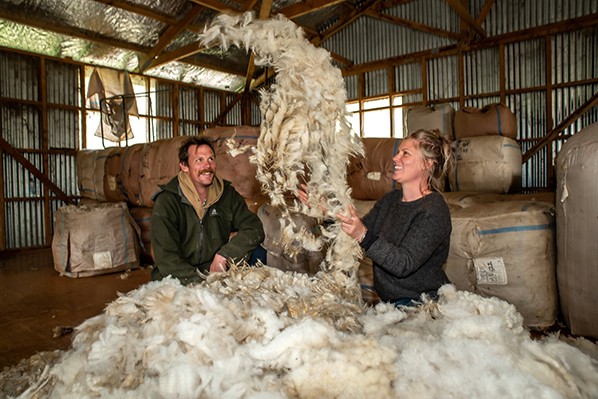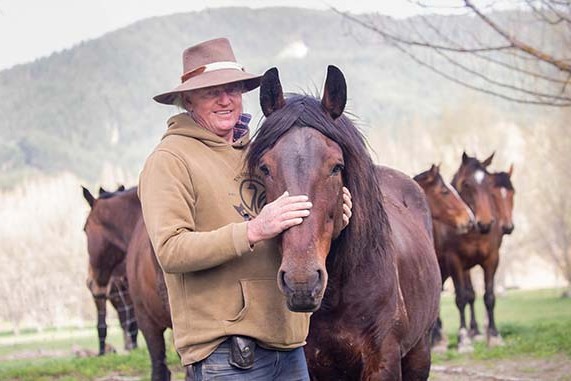WORDS: Joanna Grigg
Shooting at magpies, and missing, is a sure-fire way to make a bird gun-shy.
If you can’t shoot like Natalie Rooney then trapping is probably the best way of cleaning up these pests. The modern magpie is a crossbred of the white-backed and black-backed subspecies, both introduced from Australia in the 1860s to control pasture pests. Magpies are now considered pests themselves. They knock native bird viability by chasing them out of breeding territories. According to the Department of Conservation (DOC), magpies will prey on indigenous chicks and eggs, to feed to their young.
Trapping options range from homebuilt to custom-made. Neale Blaymires, Trapworks, started designing and building traps in 1998, and has evolved the design to what he describes as durable and easy to use. This best-seller Magpie Trip Trap is most successful when baited with a fatty product like butter and placed in an area where magpies come down to feed on pasture pests.
Blaymires says he initially tried shooting the magpies patrolling his native bush but they soon “got wise to a man with a long stick”.
The Trip Trap is made of hot dip galvanised steel and can have a mirror fitted as an extra lure. Magpies see their own reflection and go in for a closer look, tripping the trap and closing the door. It can catch two birds at once. A trial by Blaymires in 2014 showed that food bait was more successful than mirrors alone at catching birds, however. “Using food bait as a lure caught 10 times as many magpies as using mirrors alone.”
The cage should be placed in an open area where birds feed. “Magpies like to feed on grazed-down areas, not long grass; either green or dry short pasture.”
A ‘Hansel and Gretel’ line of knobs of butter leading towards the cage, will lure them in.
“Put extra bait out if you have waxeyes around, as they steal it.”
The magpie is best dispatched using a hammer to the head, Blaymires says. While he initially used gloves to retrieve the bird from the cage, experience has shown magpies will stay still and won’t turn around once a hand is over their back. “Don’t put your other hand in by their beak, as this is what they will peck.
“Lie them on their side on the ground and use a small hammer to whack them on the head, for an instantaneous death. “Don’t use a hatchet as you may get your fingers.”
Dispatching is best done out of sight of other magpies, either under a sheet or screened by your body, or in the evening when the birds have gone to roost. Use a plastic bag to carry away the dead magpies, so remaining magpies don’t associate anything bad with the trap.
“I caught 196 birds off my neighbours hay paddock in two months this way.”
He suggests farmers include trapchecking into their daily routine, ideally baiting in the morning and checking on the way home. The instructions are on a weatherproof label on the cage top.
“This means they are more likely to be followed and be more successful.”
Blaymires says there is a place for using decoy bird traps. Sometimes it’s a bit tricky getting the first bird but once you have it, its call will lure other magpies.
“Decoys are useful to catch pairs of magpies that sit in trees but don’t feed on ground nearby, as it attracts them down.
“But you have to shelter the lure bird otherwise hypothermia will kill them during wet weather.”
If shooting is preferred, DOC recommends using a magpie distress call to lure birds into a shoot zone.
Recordings of calls can be found online and played through a smart phone. It is best to use a call from outside the local magpie population (ie: an intruder).
Only shoot birds on the ground, not in trees or in the air. Aerial deaths are more obvious to watching birds and they soon learn to avoid the area. A .22 with sound moderator is ideal and the shooter should be camouflaged.




